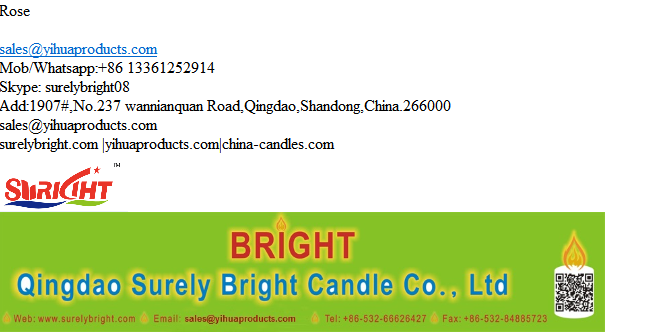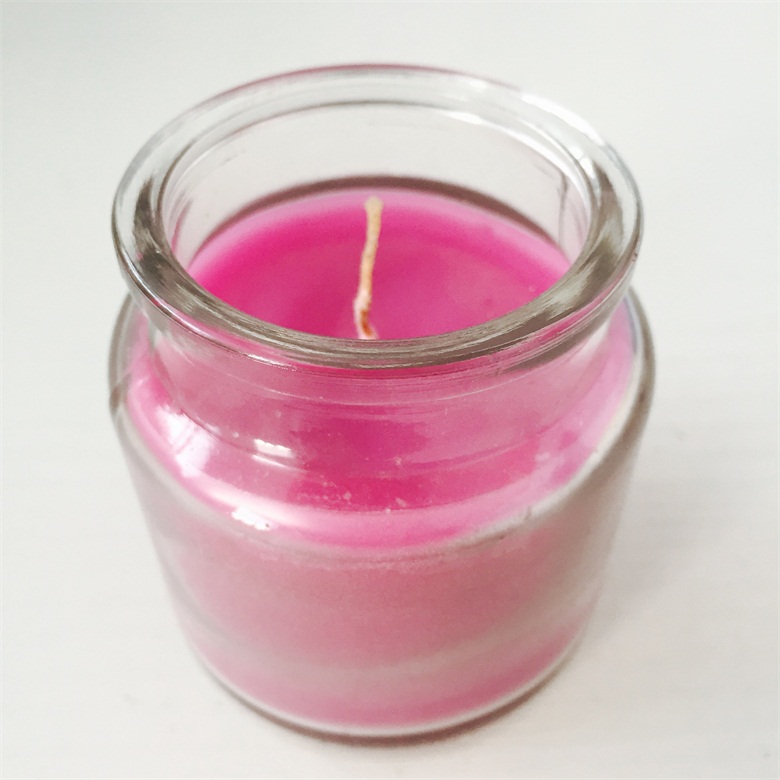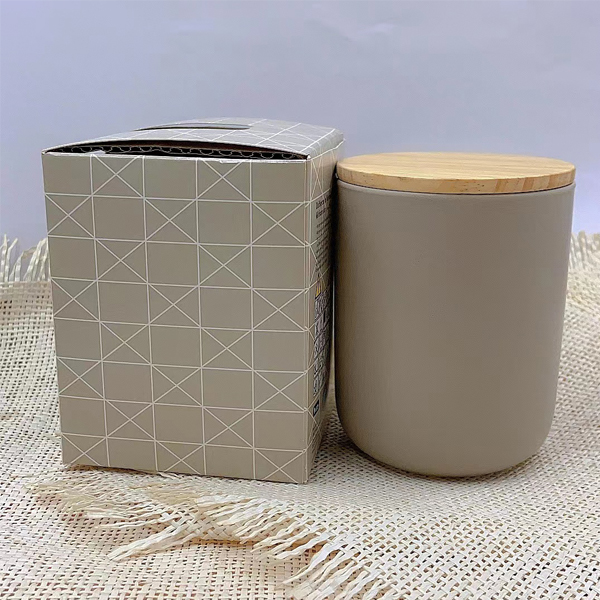Christmas Tealights
- FOB Price: USD / set
- MOQ:
- Supply Capability: set / day
- Port:
- Delivery:
- Packaging:
Details
Natural Soy Wax Material Body Massage Use Scented Glass Jar Candle
Service
OEM/ODM service
Provide testing report of the bulk
Free sample available
Free new designs providing
One-stop shipping
Replying your emails in 24 hours
Fastest delivery
Perfect solutions for any problem
EU&US producing standard
Product Description
ItermNatural Soy Wax Material Body Massage Use Scented Glass Jar CandleSize
Customized Size
Materialsoy wax Frgrance5% scented
Packing1pc/box Remark: We also accept custom design, size and packing.
Product images
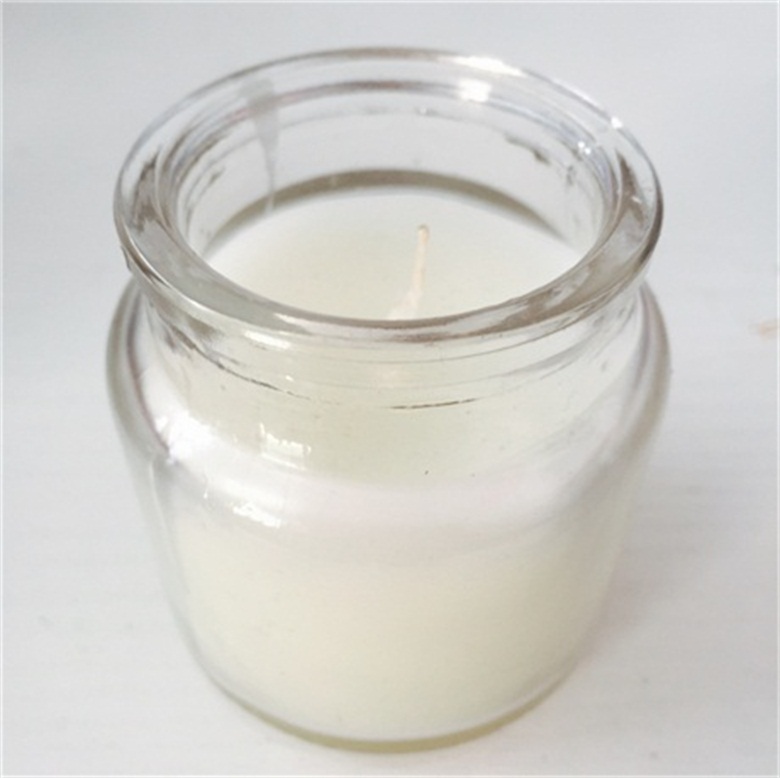
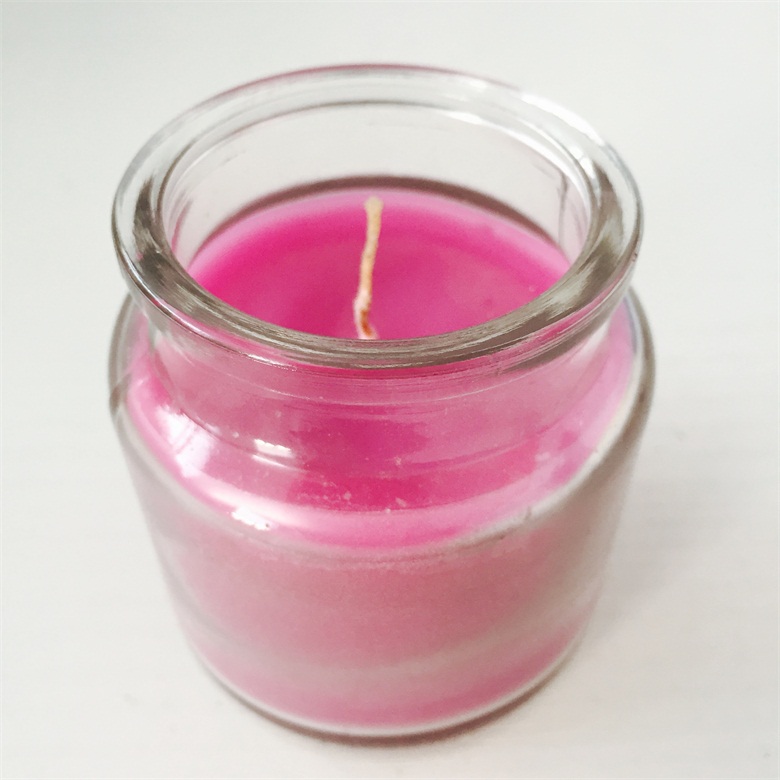
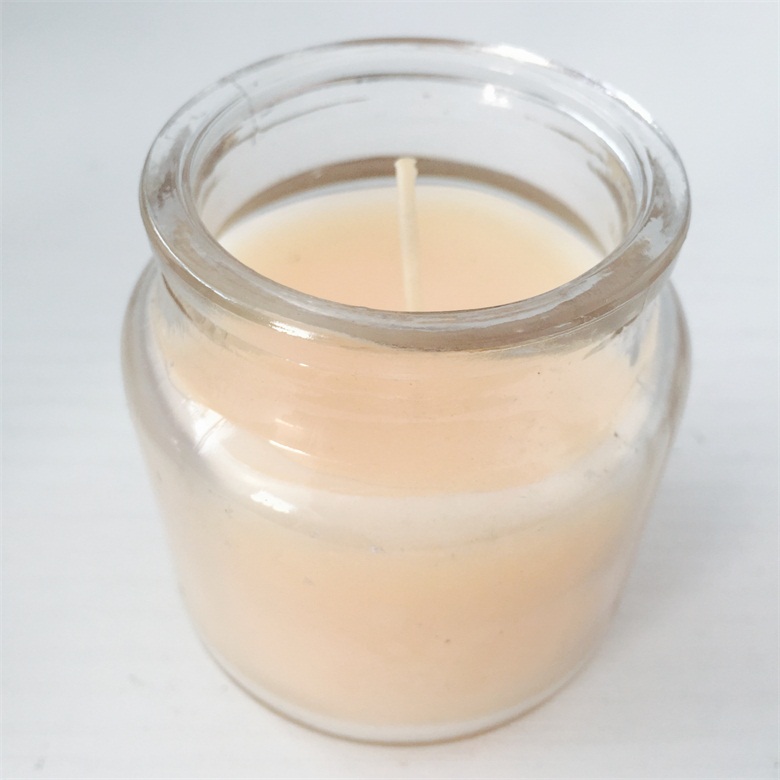
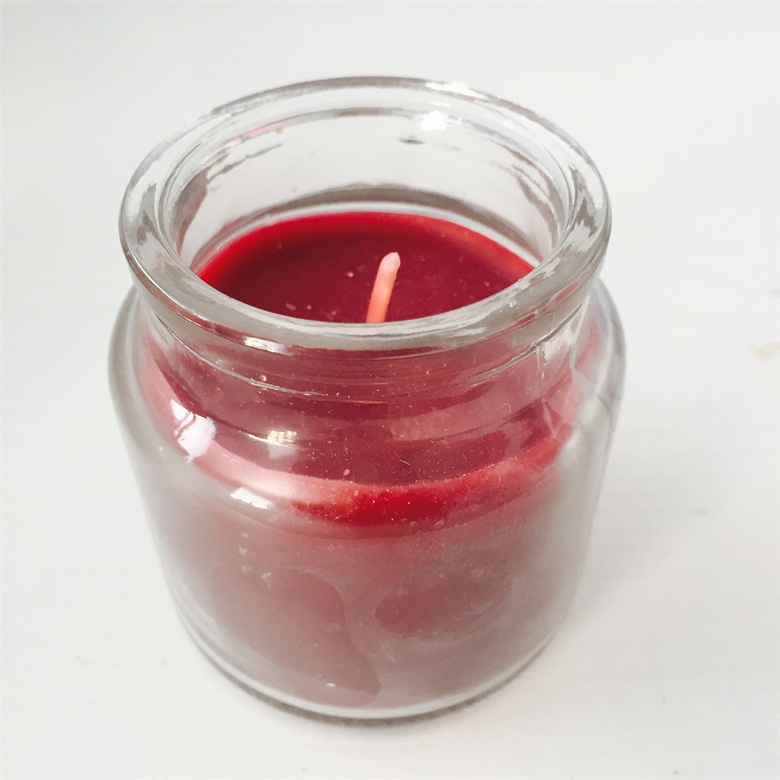
FAQ
Why are candles so popular?
Candles are perhaps one of the most enjoyable and affordable luxury items available to everyone. They are beautiful and magical, infusing the home with color and fragrance. They can create a special warmth and ambiance to bring a special sense of calm and well-being.
How are candles made?
Although modern technology has introduced greater efficiencies and quality control in candle-making, most candles are made through the timeless process of placing a cotton wick into wax, which is then molded, dipped, extruded, pressed, rolled, drawn or filled into a desired shape and size.
How many types of candles are there, and what are the typical ingredients?
A candle consists primarily of wax and a wick. Candles may also contain colorants, fragrances and minor additives. The basic candle types are tapers, votives, pillars, jar or container candles, tealights, gels, floating candles, outdoor candles, novelty candles, utility candles, and birthday candles.
What sort of chemical reaction occurs when a candle burns?
When you light a candle, the heat of the flame melts the wax near the wick. This melted or liquid wax is then drawn up into the wick by capillary action. The flame's heat vaporizes the liquid wax to produce water vapor and carbon dioxide (the same byproducts that humans produce when exhaling).
How can I tell if I'm buying a quality candle?
Unless a candle has defects that are obvious to the eye, you probably can't tell just by looking. That's why the National Candle Association strongly recommends that you purchase candles from a reputable manufacturer.
What kinds of waxes are typically used in candles?
The most commonly used candle wax is paraffin, soy wax, palm wax, gels, and synthetic waxes are also frequently used in candles. Different blends of these waxes are popular with many manufacturers.
Are certain candle waxes better than others?
No. All types of quality candle waxes have been shown to burn cleanly, safely and in the same manner..
How long should I burn a candle?
Maximum burn times vary from candle to candle; follow the manufacturer's instructions. Always extinguish a candle if the flame gets too close to the candle holder or container. For a margin of safety, discontinue burning a candle when 2 inches of wax remains (½ inch if a container candle or jar candle).
What causes a candle to smoke, and what can I do to correct it?
A well-made candle will create virtually no smoke when burning properly. However, if the wick becomes too long, or an air current disturbs the flame's teardrop shape, small amounts of unburned carbon particles (soot) will escape from the flame as a visible wisp of smoke. Any candle will soot if the flame is disturbed.
To avoid this, always trim the wick to ¼ inch before every use and be sure to place candles away from drafts, vents or air currents. If a candle continually flickers or smokes, it is not burning properly and should be extinguished. Allow the candle to cool, trim the wick, make sure the area is draft free, then re-light.
Is candle soot harmful?
No. The minuscule amount of soot produced by a candle is the natural byproduct of incomplete combustion. Candle soot is composed primarily of elemental carbon particles, and is similar to the soot given off by kitchen toasters and cooking oils. These everyday household sources of soot are not considered a health concern, and are chemically different from the soot formed by the burning of diesel fuel, coal, gasoline, etc.
What kind of label information is required for candles?
Federal law requires that consumer commodities like candles be labeled with the manufacturer's name and location, as well as basic product weight and measurement information.
In addition, candle industry standards call for cautionary labels on candles or their packaging to inform consumers of the basic rules of fire-safety. . Always read and follow a candle's cautionary label and burning instructions before using a candle.
Do scented candles produce more soot than unscented candles?
Not really. The oils found in certain fragrances may slightly increase the small amount of soot produced by a candle, but wick length and flame disturbance are the primary factors that impact sooting in a properly-formulated candle.
Are scented candles safe?
Yes. When a candle burns, the wax is drawn into the wick, where it is "consumed" by the candle flame to produce water vapor and carbon dioxide. The only difference with a scented candle is that a small amount of fragrance is released as well.
Reputable candle manufacturers use only fragrances that are approved for burning in candles. They also carefully monitor the addition of fragrance to ensure that the candle will burn cleanly and properly.
I love scented candles. Why don't candle manufacturers add a lot more fragrance?
There is a maximum amount of fragrance that can be added to a candle before it no longer burns cleanly or properly. There have been reports of some homemade and craft-fair candles containing too much fragrance, or fragrances not approved for use in candles. This can cause a candle to burn improperly or unsafely.
Are candles made with "natural" ingredients or essential oils safer?
A natural ingredient, as opposed to a manufactured or synthesized ingredient, is not necessarily any safer. In fact, scores of natural ingredients are known to be extremely toxic to humans in very small amounts. our factory is committed to manufacturing candles that use ingredients known to be safe and approved for use in candles, whether "natural" or synthesized.
Is my candle biodegradable?
Probably. Studies have shown that beeswax, paraffin and vegetable-based waxes are biodegradable. The vast majority of candles today are made primarily from these waxes.
Are vegetable-based waxes water soluble?
No. By definition, a wax is not soluble in water.
Certifications

Customer Feedback

Our Business Partner:

Factory Show
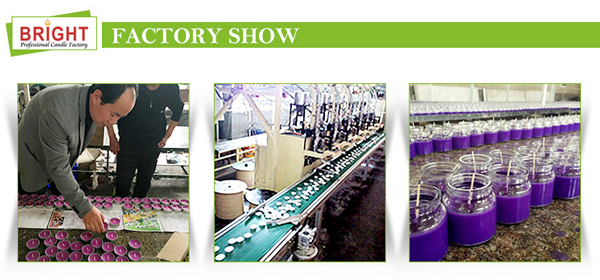
Related Products
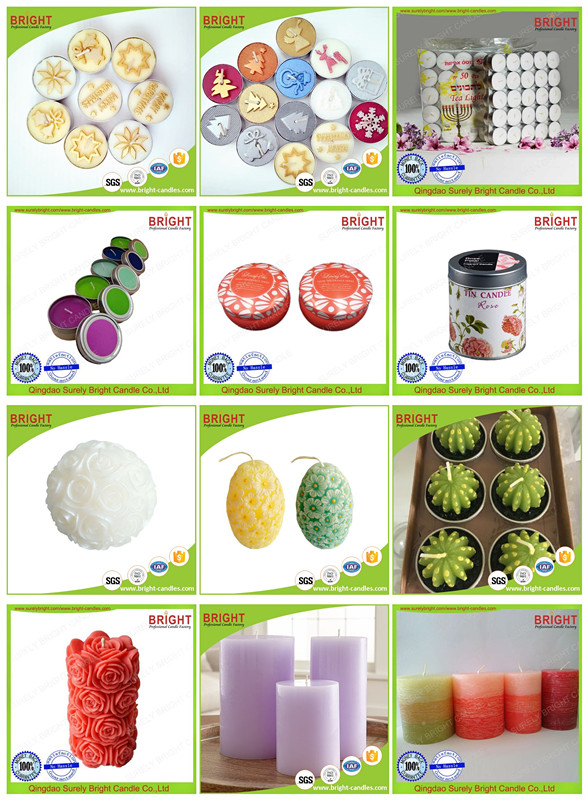
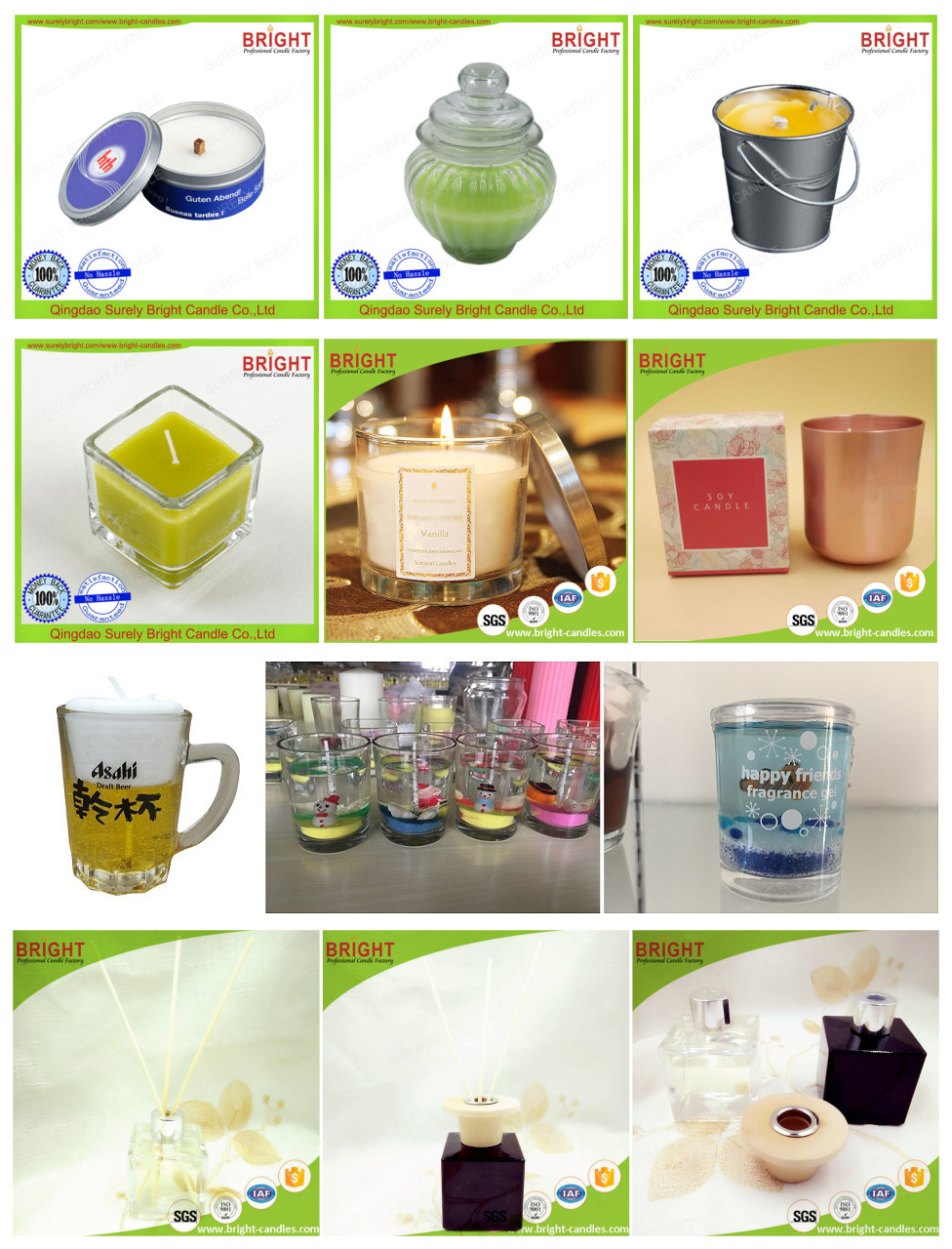
Contact Details
